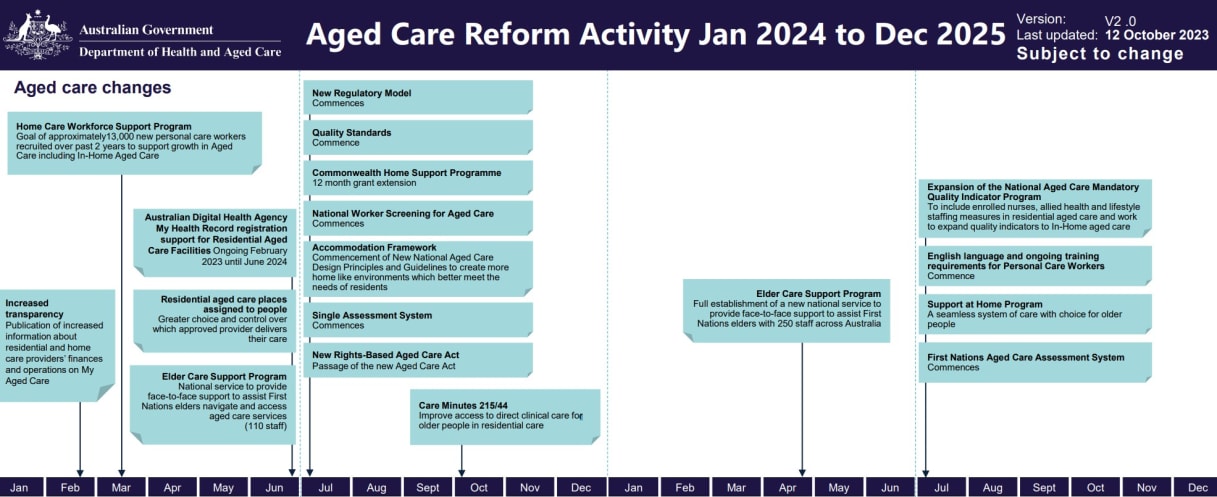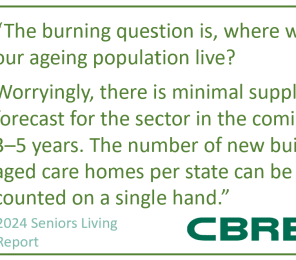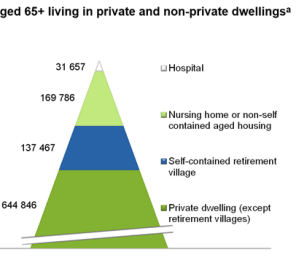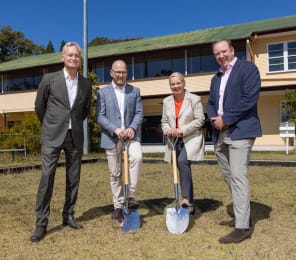While Anika Wells’ announcement that Support at Home will be rolled out in two stages has caught many in the sector off guard, the update is recognition that the Government understands that it can’t risk getting the new Program wrong.
As we report in this issue, the Minister for Aged Care revealed on Wednesday night that only the Home Care Package (HCP) Program and the Short-Term Restorative Care (STRC) Programme will be rolled together into Support at Home from 1 July 2025, with the Commonwealth Home Support Programme (CHSP) to transition “no earlier than 1 July 2027”.
The Government’s decision is not without consequences for providers and older Australians in terms of ongoing funding and consumer choice.
Consumer peak body COTA Australia released a statement yesterday labelling the decision “incredibly disappointing and a real set-back for many older people and their families”.
But the reality is home care is not in need of the same level of urgent reform as residential aged care – and it is more important for the Department to get it right than rush and get it wrong.
Sector yet to have true picture of Support at Home
The consultation on Support at Home has so far been quite preliminary – with 18 months until 1 July 2025, that is not a lot of time for providers to prepare when you are talking about national reforms that will impact over one million older Australians.
Home care providers have already signalled that the role of care management will be critical to the success of the new system.
The Government and providers are also still waiting on the Final Report from the Aged Care Taskforce – due to be handed over in the next month – for its recommendations on the pricing list for the future program.
The other factor is innovation.
Home care is currently where much of the innovation in the sector is taking place around care models and service delivery – think Tamar Krebs’ Group Homes Australia (GHA) and Paul Browne’s LDK Seniors’ Living.
If the Government genuinely wants Support at Home to deliver better outcomes for older Australians, it can’t afford to stifle innovation in this space.
Slowing down the transition to the new system appears to be a sensible option – even if it means providers and consumers will face another two years of reforms.










